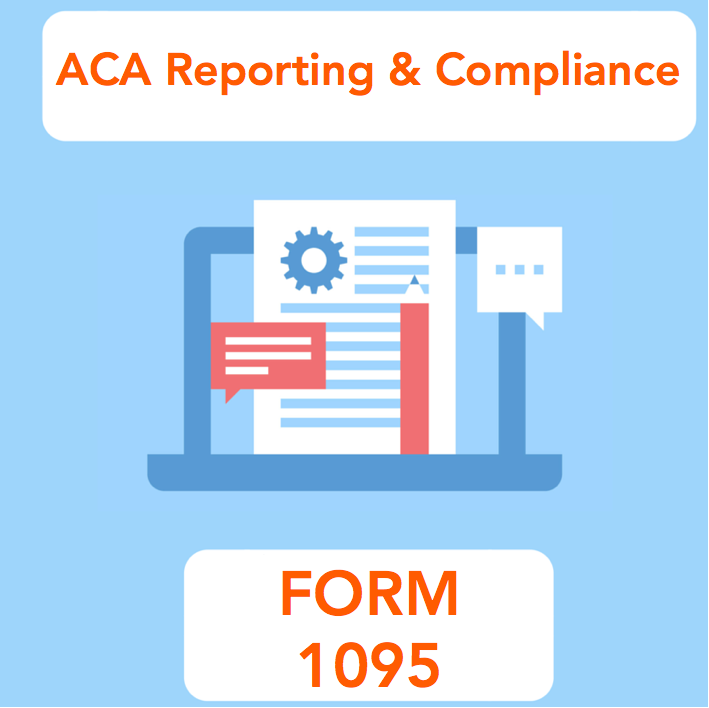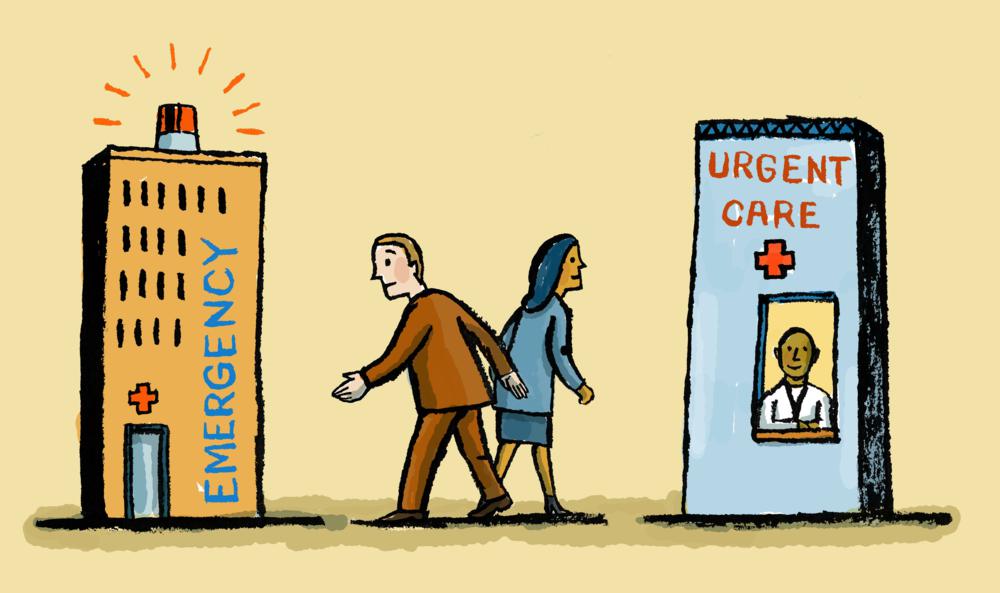Should Vaping be Encouraged as a Smoking Cessation Tool?
A reader of last week’s blog post on vaping asked us if employers should actively promote e-cigarettes in their wellness programs as a smoking cessation tool. This is an excellent question. It’s admittedly tough to ascertain if e-cigarettes are going to be the next major health hazard or the most effective smoking cessation technique ever created. Unfortunately, there’s not a straightforward answer to this question, but we will attempt to answer it as best we can.
What is Vaping?
For the uninitiated, vaping is the act of inhaling atomized liquid, usually nicotine dissolved in propylene glycol plus flavoring and colors. The device used for this activity is called an e-cigarette; a battery-operated device, often shaped like a cigarette, which is designed to deliver nicotine in the form of an inhalable vapor rather than tobacco smoke.






















